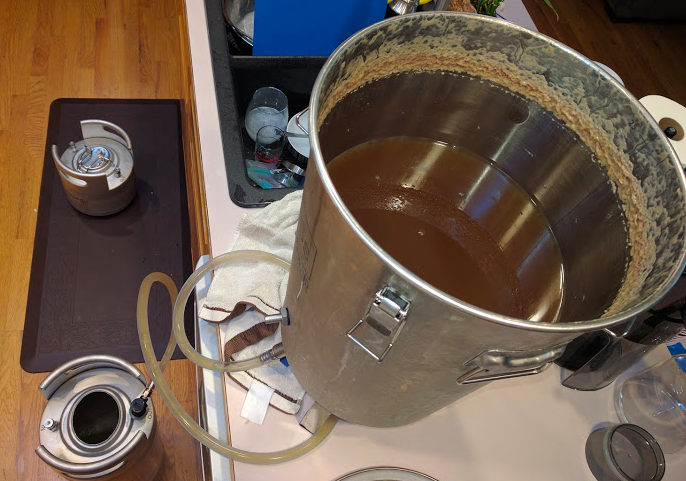BaylessBrewer
Well-Known Member
I just kegged a batch of pale ale and my racking cane was giving me the fits with sucking a LOT of air an I'm sure it aerated my beer as it was going in the keg.
So in a last ditch effort to save the beer I purged the headspace and then inverted the keg an attached a picnic tap and repeatedly purged the keg and allowed the co2 to bubble up through the beer in an attempt to scrub the oxygen from my beer.
Did this work/help?
So in a last ditch effort to save the beer I purged the headspace and then inverted the keg an attached a picnic tap and repeatedly purged the keg and allowed the co2 to bubble up through the beer in an attempt to scrub the oxygen from my beer.
Did this work/help?




